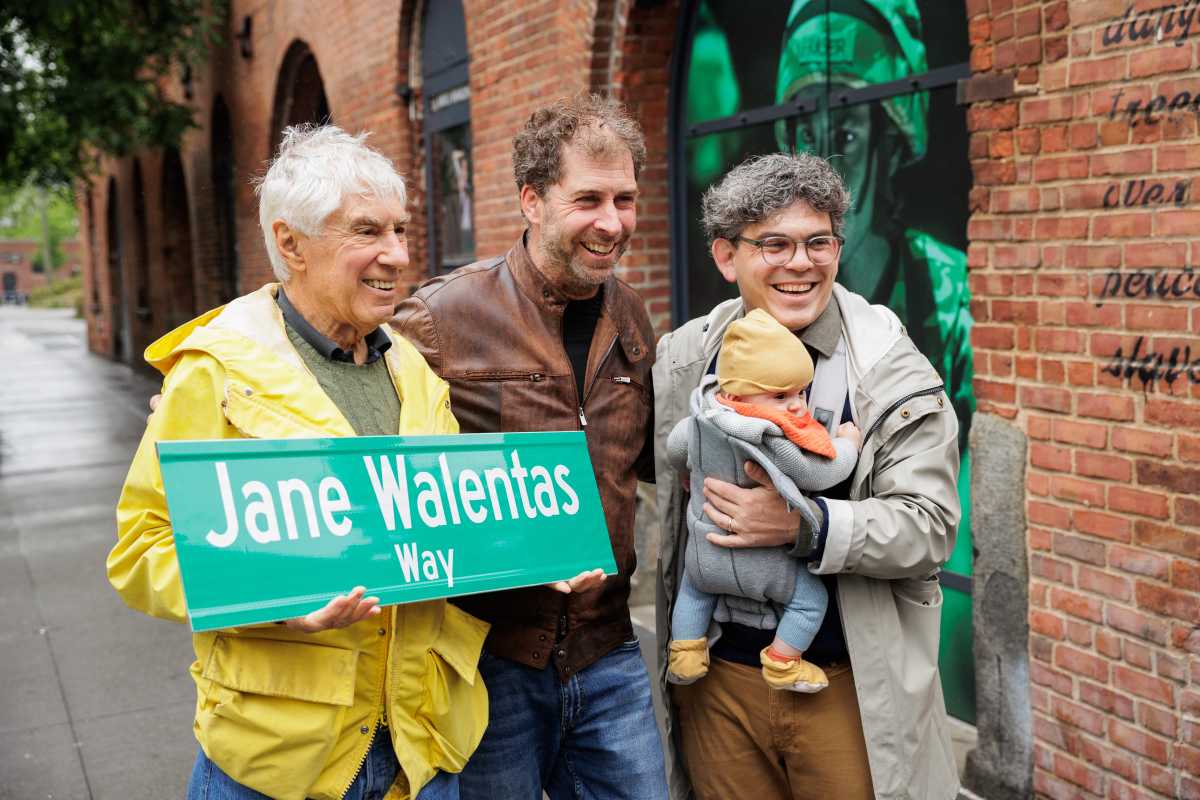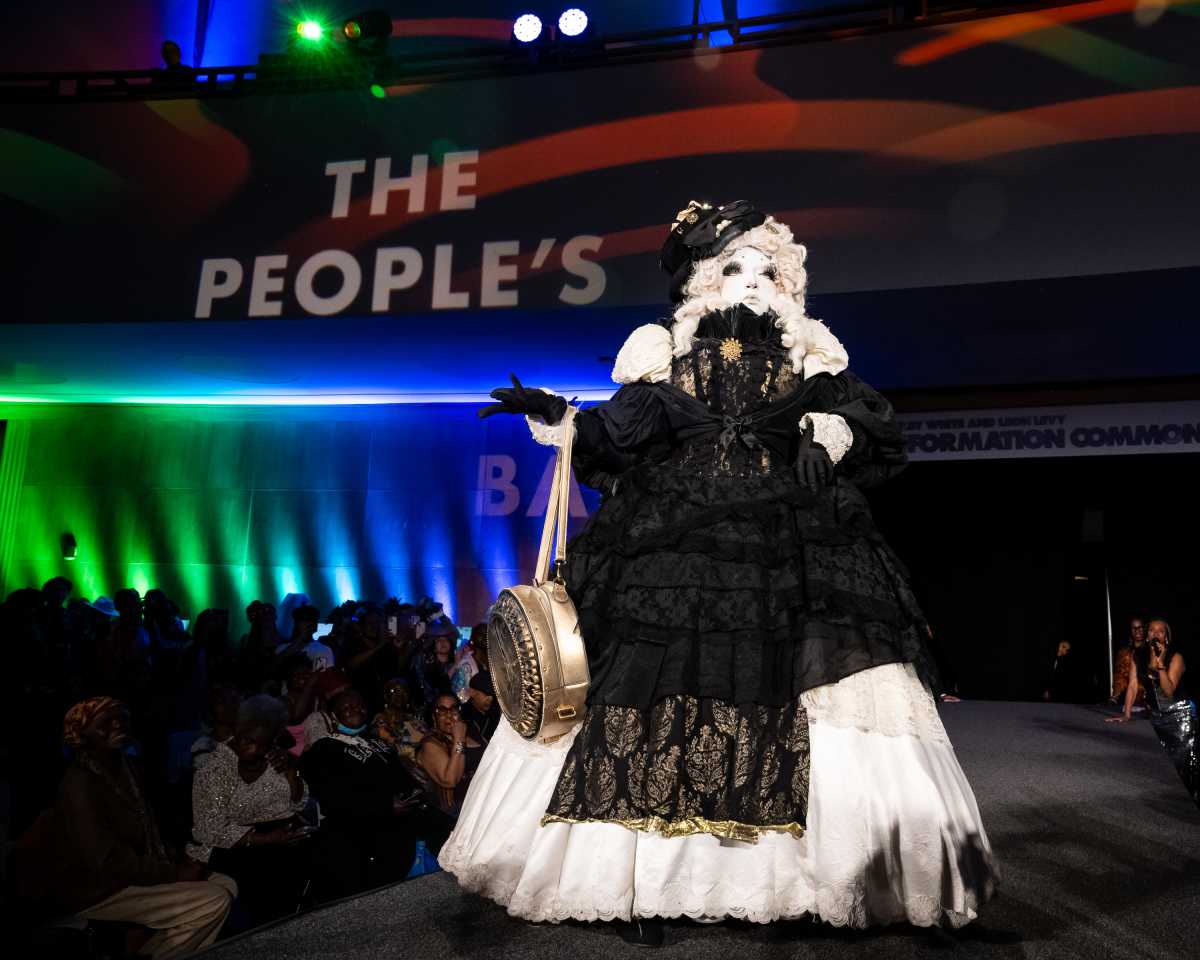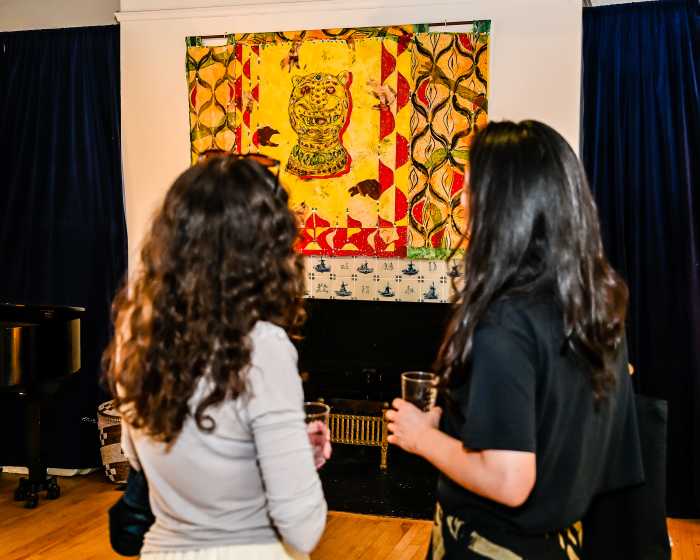By Theresa Juva
For the past decade, Teresa Lin’s day usually starts with a visit to a patient’s room at New York Downtown Hospital. Speaking in either Cantonese or Mandarin — the native languages of many of the patients — Hong Kong-born Lin asks patients if they want a bowl of soup or a newspaper.
At Downtown, Chinese patients receive the small comforts of home, whether it’s access to television in their language, a special kind of tea or certain homeland entrée.
“When I speak to the doctors, it’s great to hear from them that patients are very happy,” Lin said earlier this month, while taking a break from her normal routine.
Downtown’s executive director of community outreach, Lin said creating a bridge between the only hospital in Lower Manhattan and the large Chinese population is focused on the growing number of seniors.
Since 1994 when the community outreach program began, more than 110,000 people have received free health consultations.
Every month Lin organizes consultations, like health seminars at the nearby Hamilton-Madison House. Hundreds of seniors attend to have their blood pressure and cholesterol checked, while also learning how to fill out applications for Medicare or Medicaid programs.
Lin also manages the hospital’s outpatient clinic that treats minor illnesses. She said half of clinic patients receive Medicare or Medicaid coverage and noted the importance of educating Chinese immigrants about what is available.
About 60 percent of the hospital staff is bilingual in English and either Spanish or Cantonese and Mandarin — an essential element in creating a comfortable environment for patients new to the United States or unfamiliar with the hospital setting, she said.
Helping patients become more familiar with not only the hospital, but also a different approach to medicine is also part of Lin’s job.
She said some Chinese patients take herbal remedies that can conflict with a doctor’s prescribed medicine, and if they don’t disclose this information, it can make it difficult to properly treat them.
“They may not be used to Western medicine or they don’t like going to the doctor’s office,” she said of the cultural differences.
There are also the patients with a relentless work ethic, whom she has to gently coax into resting until they recover.
“A lot of them work long hours and sometimes they don’t focus on their health,” she said. “They may be hard working and not be as compliant.”
Ensuring busy people receive adequate healthcare is another reason why bringing health services into the community — particularly early-detection services, like cancer, hepatitis and osteoporosis screenings — is so crucial, she explained.
Community organizations that partner with the hospital maximize the hospital’s efforts: A project with Hamilton and nearby Southbridge Towers, a naturally occurring retirement community, is one example.
Hamilton was established in 1898 as a settlement house to deal with the rampant tuberculosis, diphtheria and typhoid fever that swept through the Italian immigrant neighborhoods on the Lower East Side. Today, it serves Asian immigrants, mostly seniors, with a flu shot program, diabetes testing and health workshops.
Isabel Ching, assistant executive director for senior services at Hamilton-Madison House, said they are working with Downtown to bring a social worker to Southbridge who can coordinate health programs between Southbridge residents and the hospital and settlement house.
Such programming is becoming more necessary with the increased number of homebound seniors, and giving people access to good healthcare should be at the core of every community, Ching added.
Lin agrees.
“Health is a big piece in this community,” she said. “There is a lot of need.”
But for Lin, it is about the day’s small successes.
“It’s a great feeling when you see someone is sick, and they get better,” she said.































